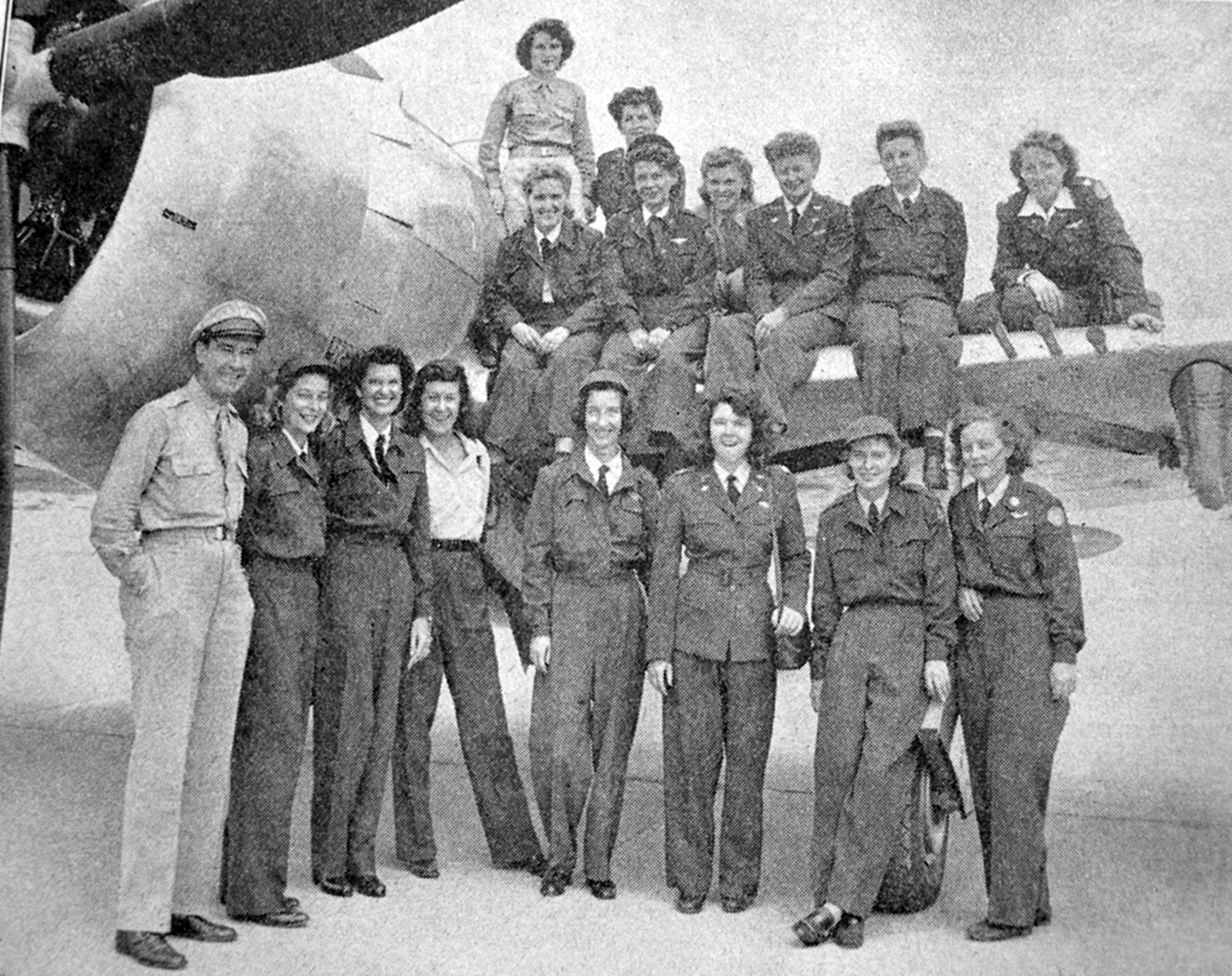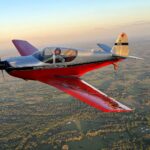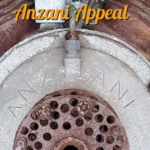“Vintage Aviation News staff did not write this article; the content comes via our partners who wish to help $upport our website.”
Military aviation has been a male-dominated field since its inception, but women have been integral to its development and success since the very beginning. From World War I to the present day, women have served as pilots, mechanics, engineers, and more, battling discrimination and paving the way for future generations of female aviators.
The First Women in Aviation
The first woman to receive a pilot’s license was French aviator Raymonde de Laroche in 1910. It would be several years before women were allowed to join military aviation. During World War I, women were not allowed to serve as pilots, but they did play important roles as nurses, mechanics, and administrators. One notable example was the Women’s Royal Air Force (WRAF) in Britain, which was formed in 1918 and allowed women to work in various roles, including mechanics and drivers.
It wasn’t until World War II that women were given the opportunity to serve as pilots in military aviation. In 1942, the United States formed the Women Airforce Service Pilots (WASPs), a group of civilian female pilots who were trained to fly military aircraft.
The WASPs
The WASPs flew a variety of planes, including fighters and bombers, and were responsible for ferrying aircraft from factories to military bases, towing targets for gunnery practice, and performing other non-combat missions. Although they were not officially part of the military and did not receive the same benefits as male pilots, the WASPs played a vital role in the war effort, freeing up male pilots for combat duty.
Despite their contributions, the WASPs faced discrimination and were not always treated as equals to their male counterparts. They were not allowed to wear military uniforms, and when a WASP pilot died in a plane crash, her family was not entitled to a flag or a military burial. It wasn’t until 1977 that the WASPs were finally recognized as veterans and granted military benefits.
After World War II
After the war, opportunities for women in military aviation continued to expand. In 1974, the U.S. Air Force opened its pilot training program to women, and the first female Air Force pilots graduated in 1977. In 1993, the military lifted its ban on women serving in combat roles, paving the way for women to become fighter pilots and other combat aviators.
Today, women serve in a wide range of roles in military aviation, from pilots to mechanics to air traffic controllers. In 1993, the U.S. Navy named its first female carrier air wing commander, Captain Rosemary Mariner. And in 2015, the first female fighter pilot was selected to fly the F-35 Lightning II, one of the most advanced fighter jets in the world.
Despite these advances, women still face challenges in military aviation. They are often underrepresented in leadership roles, and they may face sexism and discrimination from male colleagues. Additionally, the physical demands of military aviation, such as the need to lift heavy equipment and work in cramped spaces, can be especially challenging for women.
However, women continue to prove that they are up to the task. In 2011, the first combat mission performed and planned entirely by women was led by Lieutenant Colonel Christine Mau. And in 2015, a team of female U.S. Marine Corps pilots became the first all-female crew to fly a combat mission in an F/A-18 fighter jet.
In conclusion, the history of women in military aviation is one of perseverance and determination. From the early pioneers who fought for the right to fly to the female fighter pilots of today, women have shown that they are just as capable and skilled as their male counterparts. While there are still challenges to be overcome, women in military aviation continue to break barriers and pave the way for future generations.
If you are passionate about military aviation, you can find a partner that will share your interest. For example, you can meet Ukrainian women for marriage that are also interested in this topic.
“Vintage Aviation News staff did not write this article; the content comes via our partners who wish to help $upport our website.”
























